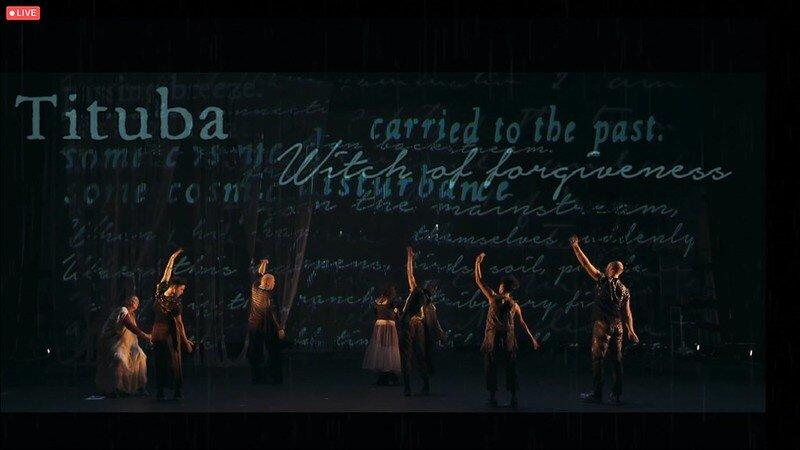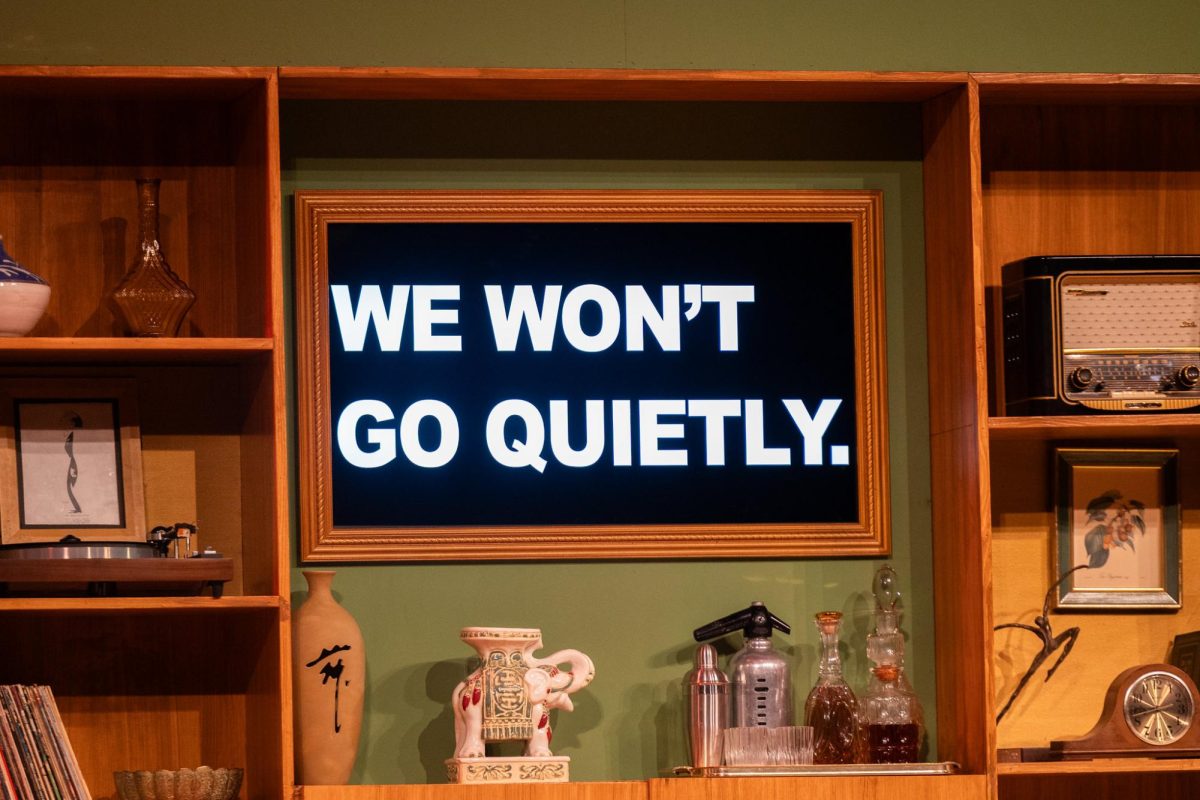Living through the employment effects of the pandemic allows us to see the skyrocketing unemployment rates that have been a result. With that being said, those who are working artists have also felt the repercussions of the pandemic and its effects on the unemployment rate. Due to social distancing, it has been hard for artists to find opportunities to showcase work or source out work.
Luckily, the Green Music Center at Sonoma State continues to be a platform for artists to showcase their art, although this year, they are a virtual host. On Nov.5, the Green Music Center hosted Liz Lerman’s discussion of Wicked Bodies (Sonoma).
Tickets were $10 for the public and free for students by using the access code SSUStudent. The Green Music Center ensured its viewers that there was no need to purchase multiple tickets and that groups could join since the event was streamed online.
Lerman’s event consisted of not only her inspiration and themes that exist in her piece, Wicked Bodies, but she also conversed with the audience about her plans for making the project. Lerman also revealed a rehearsal process of the development and discussed opportunities for the viewers to be a part of her project.
Liz Lerman is an independent artist who is an individual who aims to include a wide variety of characteristics in her art.
Lerman, “… has spent a great amount of time making her art research personal, funny, intellectually vivid, and up to the minute,” said Lerman’s website.
Lerman is also known as a choreographer, performer, writer, teacher, and speaker. According to Lerman’s website, her work has impacted a wide variety of audiences that contrast from one another.
Lerman’s inspiration for her project began in Scotland where she came across “Witches and Wicked Bodies”, an art exhibition at the Scottish National Gallery. The artist was moved by the 500-year-old prints and drawings that consisted of negative depictions of women’s bodies.
Inspired by the moving work of “Witches and Wicked Bodies”, Lerman began researching the concept of negative narratives that surrounded the woman and the woman’s body, such as a woman being incorporated with witchcraft imagery. As a result, Lerman was able to find her work’s objective.
Lerman’s work allows an opportunity for reflection and addressing the issues that Lerman has recognized throughout her research and inspiration that is attached to the concept of women and their bodies.
The three-year developing project, “… reflects on and addresses many issues about women and our bodies that have been constant and persistent for centuries. Fear of bodily function, horror at what knowledge women might possess, disgust at the way women carry on daily existence, and the crumbling of beauty as women age,” explained Lerman’s website on the inspiration page of Wicked Bodies.
Rachel Rizzuto, an associate editor for Dance Magazine, interviewed Lerman and discussed her experience of being inspired by the art exhibition in Scotland and the continuing process of building Wicked Bodies.
While describing how the Scottland exhibition was so moving for the artist, Lerman tells Rizzuto her thinking process of imagining the exhibition as a dance by explaining that she was captivated by the graphic and unreliable witch depictions of the older and younger women.
Lerman also shared with Rizzuto her research process for her project, which has been postponed to Jan. 2021 due to the pandemic.
“It’s study, interview, getting help from scholars, talking to actual people who consider themselves connected to witchcraft—and translating that both into the body in rehearsal but also into a structure in your mind,” responded Lerman to Rizzuto.
Though the pandemic has forced many to face difficult challenges when it comes to their forms of employment, Lerman’s perseverance with her project not only reveals the challenges artists are facing during these unprecedented times but also can communicate hope to artists who are continuing to work on postponed art projects.




































